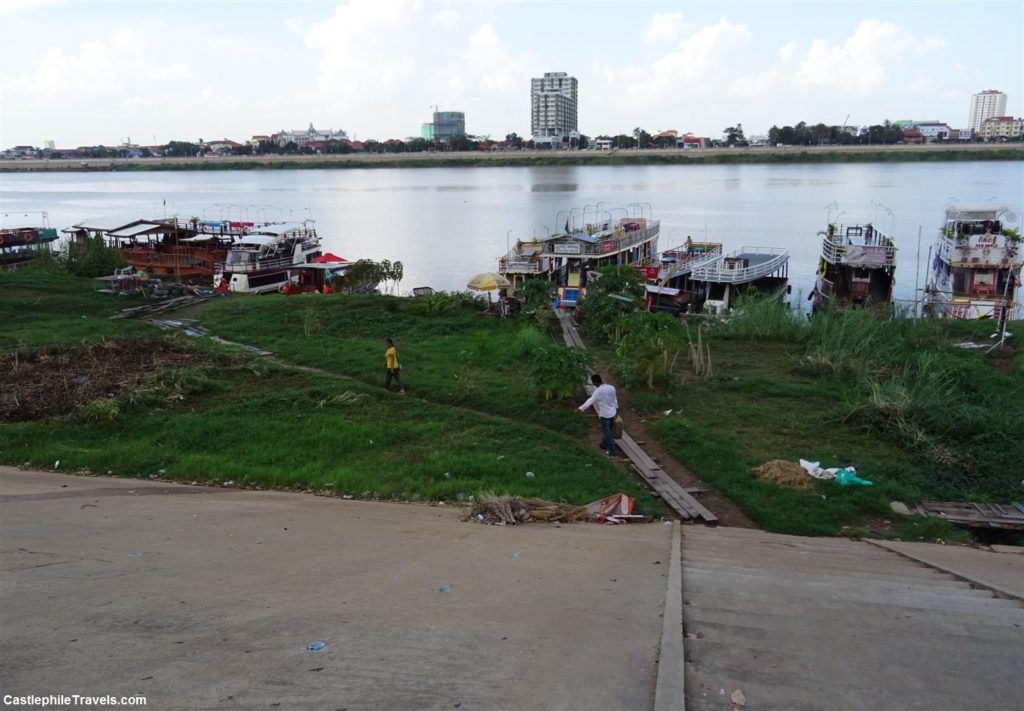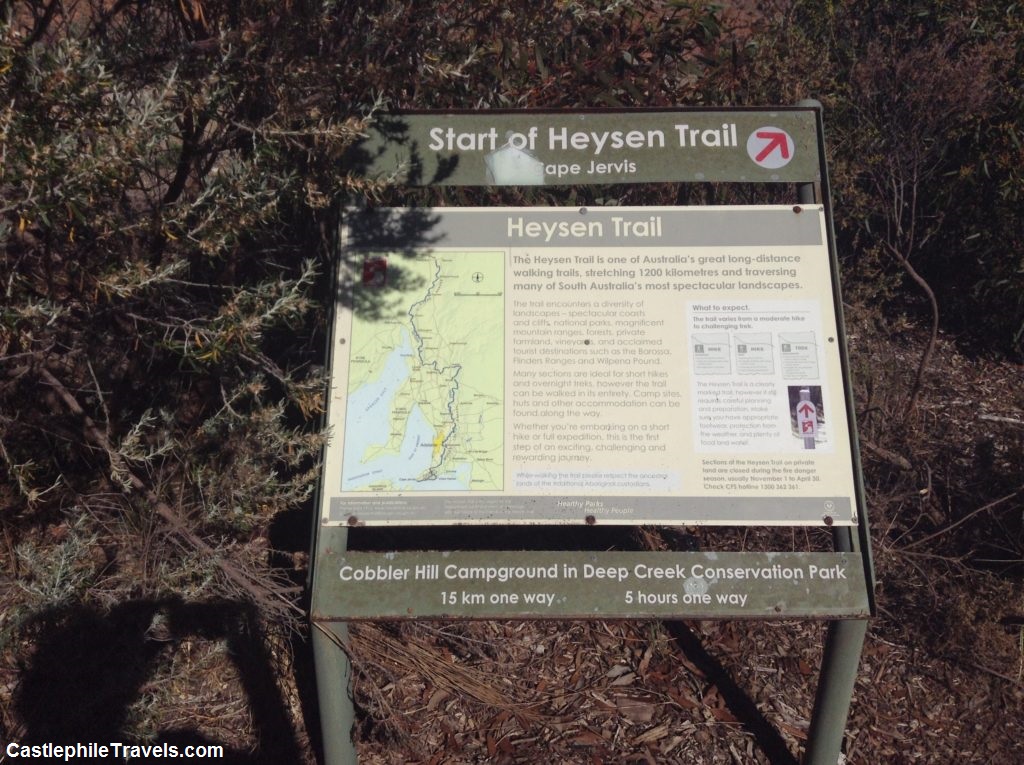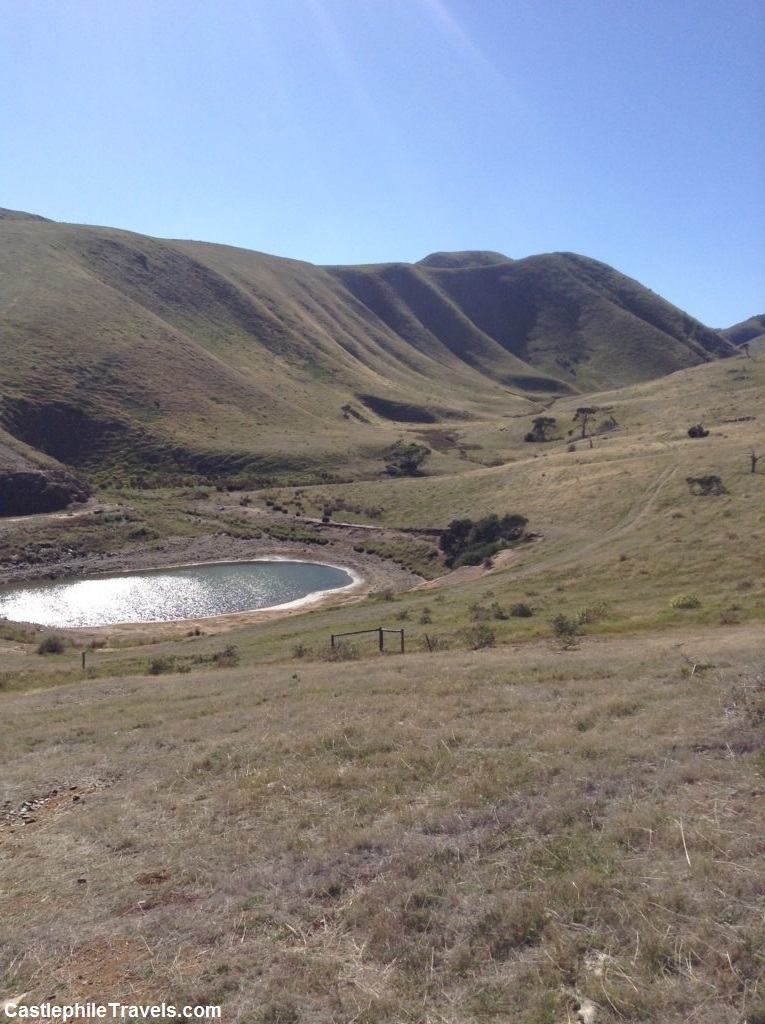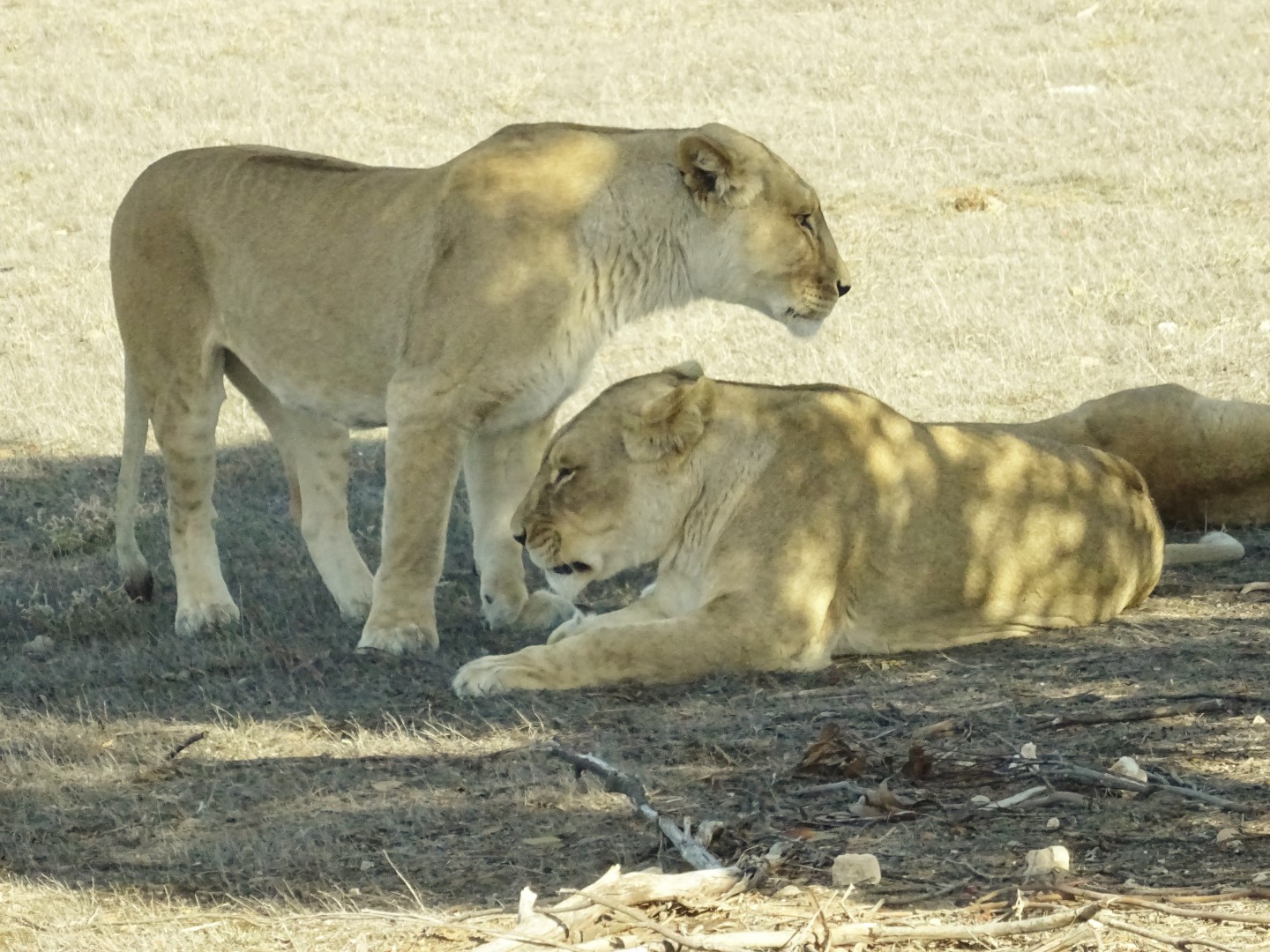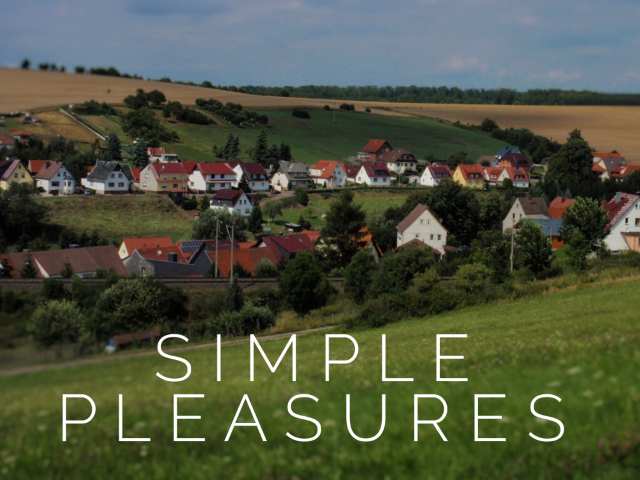
It’s the start of 2017 and you’ve made a New Year’s resolution to ‘travel more’. However, there are so many places you could go in the world – 193 countries spread over seven continents – how do you choose where to go?
From other people’s travels
Have you started back at work this week only to hear about the great trip your colleague took over the holidays? Are you drooling over a location on your Instagram feed? Does one of your friends constantly talk of how great their recent vacation was?
Sometimes the best destinations come from the recommendations of others. Iceland didn’t become a must-see destination for me until it seemed like everyone I met during my travels had visited and loved it. Now it’s one of my favourite places in the world. My decision to go to Canada last year was made partly because of the stories my parents told me of their trip there, and partly because of the amazing photos I’d see on the Internet (yes, it really does look like that over there!).

From your favourite book
Whether fiction or non-fiction, some books describe a place in so much detail that we long to visit for ourselves. You could also flick through travel magazines at your local newsagency, or drop into the library and look through the travel guides for inspiration on where to travel in 2017.
From your favourite movie or TV show
How many Harry Potter fans have planned to visit Platform 9 3/4 in King’s Cross station, or to see the “Harry Potter bridge” in Scotland (otherwise known as the Glenfinnan Viaduct)?
Since movies and TV shows are so visual, their locations capture our attention and make us think “I’d love to go there!”. From visiting Sycamore Gap where a scene from Robin Hood: Prince of Thieves was filmed, to the locations in the Isle of Skye and Iceland that were featured in Stardust, movie filming locations are often the inspiration for my travel plans!
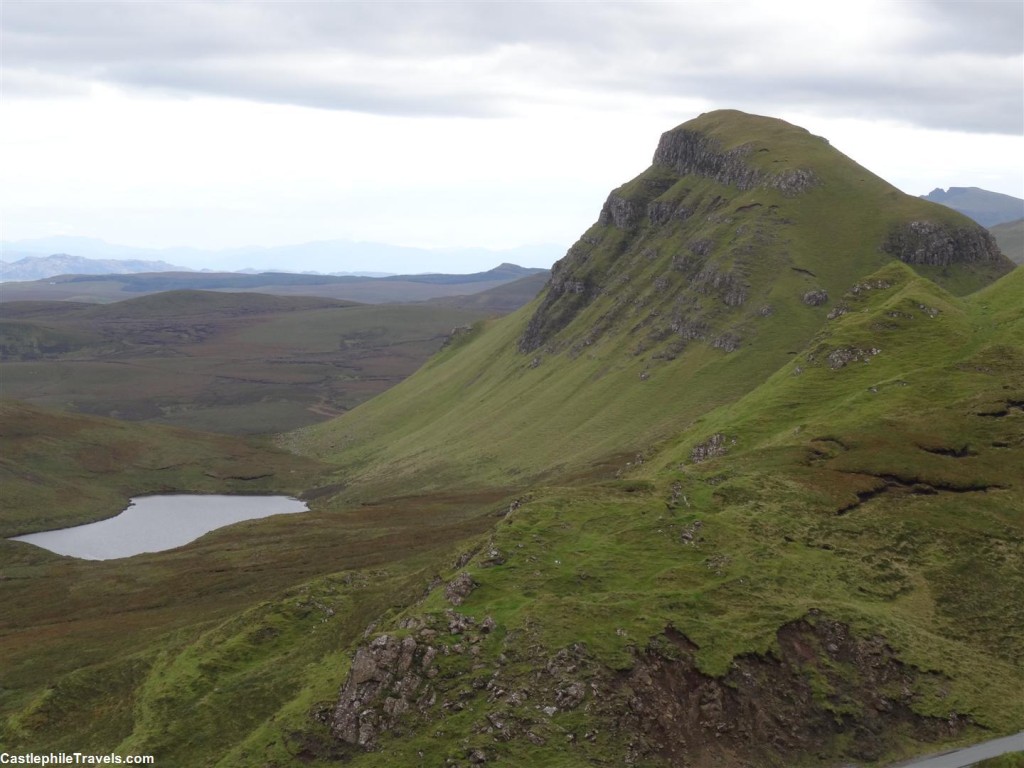
From your childhood dreams
Remnants of memories from when you were little could inspire you to re-visit that beach your family always went to during the summer. Or you could visit the real-world equivalents of the fairytales your parents read to you at night: the stories of Sleeping Beauty, the Pied Piper of Hamelin, the Three Musicians of Bremen and the Goose Girl come alive along Germany’s Fairytale Route. Then there’s one of the biggest childhood dreams of all: a trip to Disneyland!
Throw a dart at a globe
Just want to get away? Close your eyes and point at a random spot on the map, and see how that location makes you feel. If your first location doesn’t excite you, you could always try it a second time and see if you are more inspired by your second choice!
Follow your heart
Sometimes you just feel like going to a place without really knowing why. Something about the culture, history or ambience of the location calls out to you. Permit yourself to follow your heart – it won’t lead you astray!



